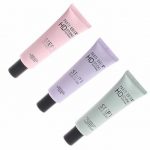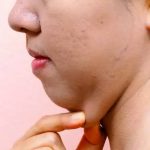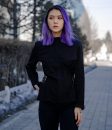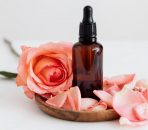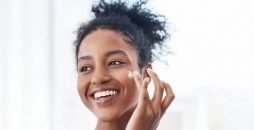When you have an infection around your skin’s hair follicles that mostly appears as a small pimple that has a bit of itching, that is what we call a fungal acne. It can cause skin irritation and whiteheads as it is often confused with acne vulgaris. You should never confuse fungal acne with acne vulgaris. Using acne treatments can sometimes make fungal infection worse. It is important to know what is fungal acne, its signs, symptoms, how it grows and what is needed to treat it.
What Causes Fungal Acne?
The acne is not primarily caused by oil or bacterial pores, but sebum and oil production play a big role in feeding any bacteria which causes fungal acne. Yeast overgrowth is the one that causes the pimple-like bump and causes skin irritation associated with fungal acne. Your body can easily balance yeast, bacteria, and fungi that are present in the skin and if the balance is aggravated, it may cause an overgrowth.
Fungal Acne Symptoms
The reason why fungal acne lasts longer is that it is very similar to bacterial acne or acne vulgaris. If you have fungal acne, you should not use regular acne treatments to treat it because they will not work and will make the situation even worse. The following are some of the signs that you look for if you want to differentiate between bacterial acne and fungal acne.
- Clusters
Fungal acne normally appears in clusters of small whiteheads whereas bacterial acne is more sparse and less clustered.
- Location
Most fungal acne will appear around the chest, arms, and back. Sometimes it tends to appear on your face which is common with bacterial acne.
- Size
Fungal acne bumps tend to be the same size whereas bacterial acne can cause pimples and varying sizes of whiteheads.
- Itching
Most fungal acnes are itchy as compared to bacterial acne which rarely itches.
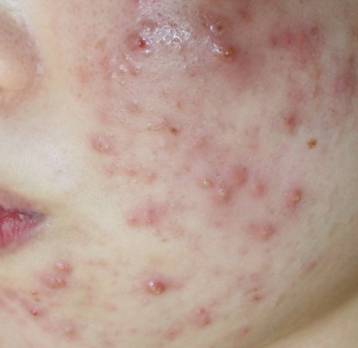
Fungal Acne
Because fungal acne comes as a result of growth in yeast, some people may experience yeast-related symptoms such as dandruff and psoriasis. This will help you know whether your symptoms are because of yeast or any other underlying cause.
How to Prevent Fungal Acne
While fungal acne cannot be stopped completely, there are different steps that you can follow that will reduce the chances of you getting the infection.
- Shower After Sweating: Taking a quick shower after a workout or sweaty day will help prevent the growth of yeast.
- Eat a Balanced Diet: Make sure to balance your diet with vegetables, fruits, and proteins which will help stop the growth of fungal acne.
- Dandruff Shampoo: Regular use of dandruff shampoo will help your skin maintain a healthy balance of yeast.
Takeaway
Fungal acne is a type of infection in the hair follicles which is caused by an overgrowth of yeast. Normal acne treatments will not work for fungal acne. You must know the type of infection you have to know the right treatment for it. Once you know how to identify a specific skin infection, it will help you avoid future outbreaks.
